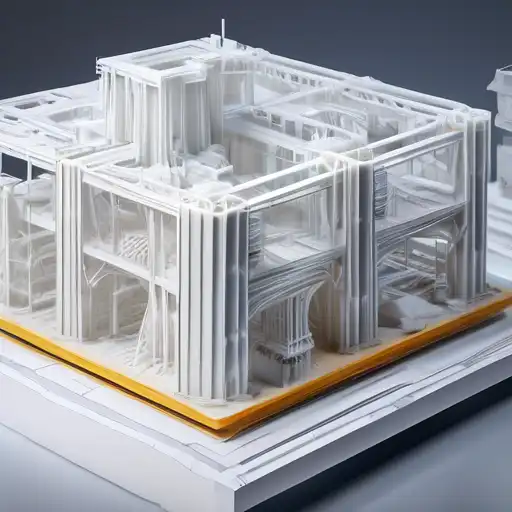Introduction to 3D Printing in Construction
The construction industry is on the brink of a revolution, thanks to the advent of 3D printing technology. This innovative approach to building is not only faster and more cost-effective but also opens up new possibilities for architectural design and sustainability. In this article, we delve into how 3D printing is shaping the future of construction.
The Benefits of 3D Printing in Construction
3D printing, or additive manufacturing, offers numerous advantages over traditional construction methods. Here are some of the key benefits:
- Speed: Projects can be completed in a fraction of the time it takes with conventional methods.
- Cost-Effectiveness: Reduced labor costs and material waste make 3D printing a more economical option.
- Design Flexibility: Complex geometries that were once impossible or too expensive to achieve are now within reach.
- Sustainability: 3D printing minimizes waste and can use recycled materials, contributing to greener construction practices.
Current Applications of 3D Printing in Construction
From residential homes to commercial buildings, 3D printing is being utilized in various projects around the world. Some notable examples include:
- The first 3D-printed house in the Netherlands, which was fully habitable and met all building regulations.
- A 3D-printed office building in Dubai, showcasing the potential for rapid construction in urban areas.
- Emergency housing projects, where 3D printing has been used to quickly provide shelter in disaster-stricken regions.
Challenges and Future Prospects
Despite its potential, 3D printing in construction faces several challenges, including regulatory hurdles and the need for further technological advancements. However, as the technology matures and becomes more widely adopted, these obstacles are expected to be overcome. The future of 3D printing in construction looks promising, with possibilities ranging from lunar bases to customizable living spaces.
Conclusion
3D printing is set to transform the construction industry, offering solutions that are not only efficient and cost-effective but also environmentally friendly. As we continue to explore the limits of this technology, the way we think about building and design is bound to evolve. The future of construction is here, and it's being built layer by layer with 3D printing.
For more insights into innovative construction technologies, check out our articles on sustainable building materials and the future of urban development.
